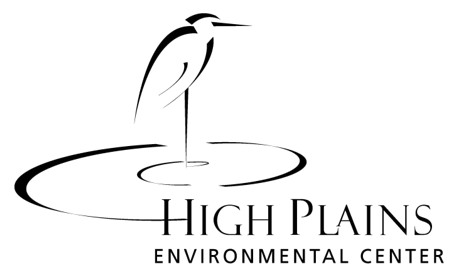VISIT HPEC
OUR LOCATION
Come explore the trails, gardens, and open space at High Plains Environmental Center! When you visit, you’re experiencing SUBURBITAT in action — a place where recreation, education, and wildlife habitat thrive side by side. Our grounds are open to the public year-round, offering opportunities to connect with nature while learning about native plants and sustainable landscapes.
What is on site?
Our 3.5 miles of trail, as well as our demonstration gardens, are open to the public from dawn to dusk daily.
Our visitor center at 2698 Bluestem Willow Drive, Loveland, is where you’ll find our exhibits including native plant demonstration gardens, interpretive signage, and even videos embedded within the signs! Grab a trail map out front and enjoy your stroll. Our visitor is generally open from 8:00 to 4:00 daily, but may close at any time due to staff being off site. The visitor’s center contains our staff offices, a small museum, and our classroom. The real sight to see is outdoors!
The native plant nursery is not open to the public with the exceptions of tours, volunteers, and select in-person plant sales.
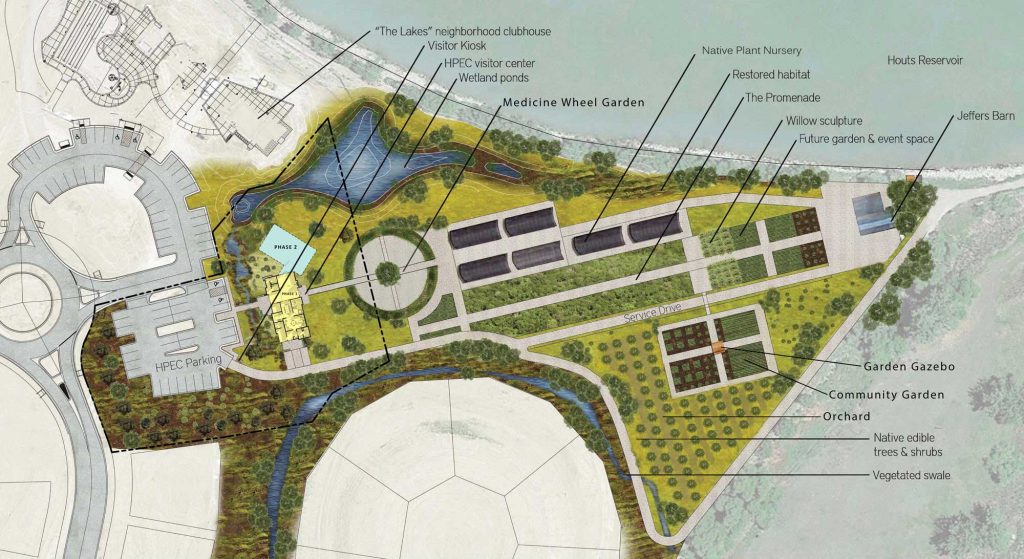
Gardens & Trails
Open Daily, Dawn to Dusk
Building Hours
By appointment
Address
2698 Bluestem Willow Drive
Loveland, CO 80538
Walk through our Demonstration Gardens to get inspired for your own native plantings.
NATIVE PLANTINGS
We garden the way an ecologist approaches a large-scale restoration.
Our landscaping contains a great diversity of plants native to the Rocky Mountain and prairie regions. Our plants are arranged in “communities” based on available moisture, soil composition, and aspect (orientation to the sun) of the site. There is no weed barrier anywhere on the site (except under our community garden paths) and very little mulch. The plants themselves are the mulch, filling every available space with cover, forage, and breeding opportunities for pollinators while crowding out any available space where weeds could establish. We’re working with nature, not against it, promoting water conservation and biodiversity.

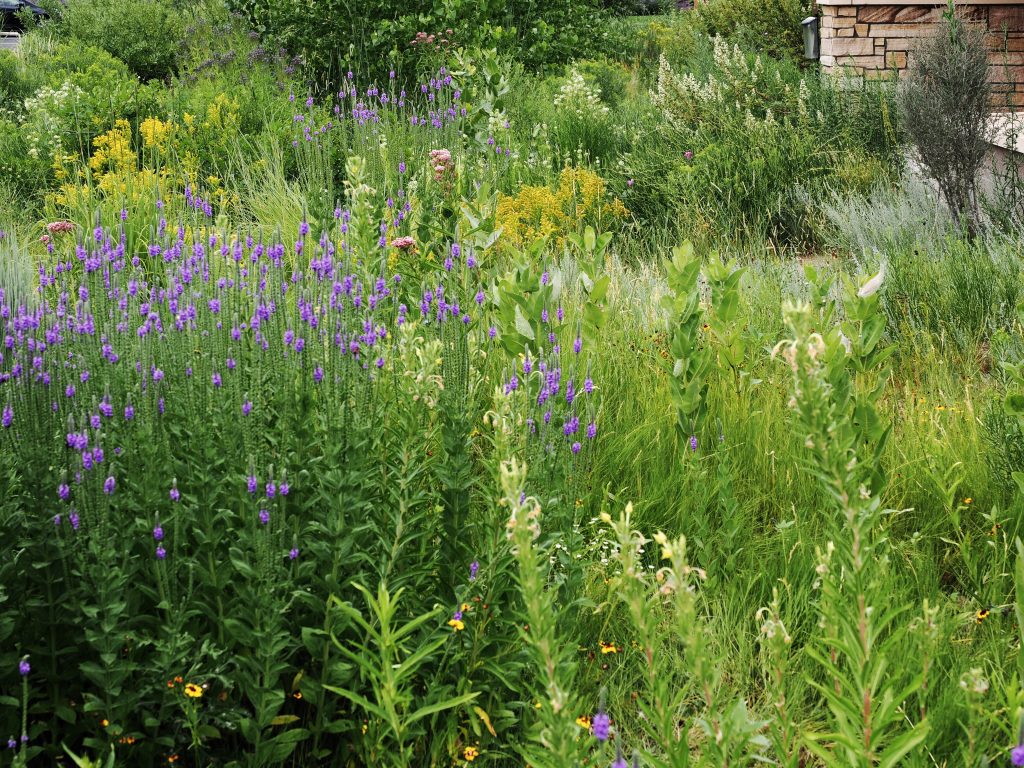
BIOSWALE
The landscape in front of our building is a “bioswale,” a shallow depression that collects and filters stormwater runoff. Slowing down rainwater that runs off of impermeable surfaces such as roofs and parking lots can help prevent flooding. This also allows enough time for our sparse precipitation to penetrate the soil. As a result, this thriving garden is virtually never watered. Plants in the garden are arranged in groupings based on their moisture requirements. The top of the slopes hold plants that thrive on our meager 12 -15 inches of annual precipitation. At the bottom of the swale, water is concentrated supporting plants that require more moisture.
MEDICINE WHEEL
The Medicine Wheel Garden is an ethnobotanical exhibit that highlights native plants used by Plains Native American tribes for food, medicine, and ceremony. Established with the help of local volunteers, including Volunteers for Outdoor Colorado, the garden’s first phase created a permanent space for the Thompson School District’s annual 3rd grade powwow and the Lakota Ride. Later phases feature a variety of plants labeled with their common, scientific, and Lakota names, honoring the traditional territory of the Lakota tribes, which includes the Front Range, known as He Ska, or the shining mountains.
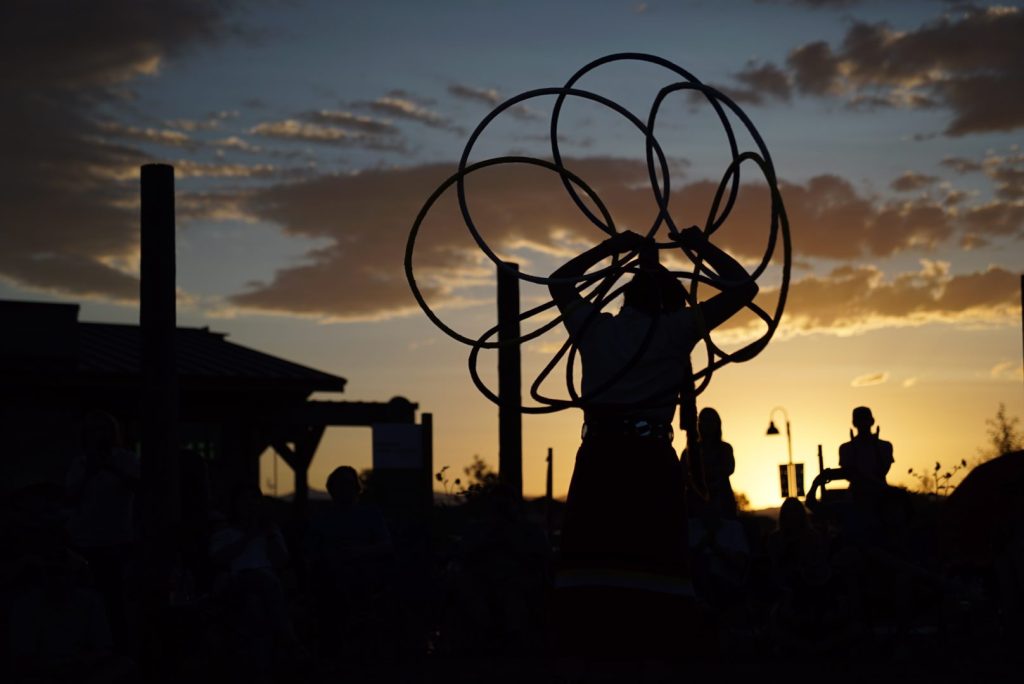

WILD ZONE
The Wild Zone at High Plains Environmental Center is an evolving, volunteer-supported outdoor classroom where children can engage in self-directed learning and unstructured play, fostering a love of nature. Inspired by Richard Louv’s Last Child in the Woods (2007), which highlights the connection between nature and healthy childhood development, the Wild Zone aims to combat the rise of obesity, attention disorders, and depression by encouraging children to explore and connect with the outdoors using all their senses.
HEIRLOOM FRUIT ORCHARD
In the early 20th century, Northern Colorado, especially Larimer County, was a major fruit-growing region, with cherry production leading the industry. The first cherry tree was planted in the Big Thompson Valley in 1864, and by the 1900's, the fruit industry had flourished. At the High Plains Environmental Center, heirloom varieties of apples, plums, cherries, peaches, and blackberries are now cultivated in the Heirloom Fruit Orchard to celebrate and preserve Colorado’s rich agricultural heritage dating back to the 1860’s.


OLD CANAL PARK
As developers built the area that would become High Plains Environmental Center’s natural area, they took care to avoid disturbing the areas of highest ecological value. A park was built, which included a gazebo, concrete walkways, and irrigated landscaping. The park was named Old Canal Park because it was built on an island between an irrigation ditch (abandoned in 1907) and Equalizer Lake.
WETLAND ECOLOGY AT OLD CANAL PARK
In the early 20th century, Northern Colorado, especially Larimer County, was a major fruit-growing region, with cherry production leading the industry. The first cherry tree was planted in the Big Thompson Valley in 1864, and by the 1900s, the fruit industry had flourished. At the High Plains Environmental Center, heirloom varieties of apples, plums, cherries, peaches, and blackberries are now cultivated in the Heirloom Fruit Orchard to celebrate and preserve Colorado’s rich agricultural heritage dating back to the 1860’s.
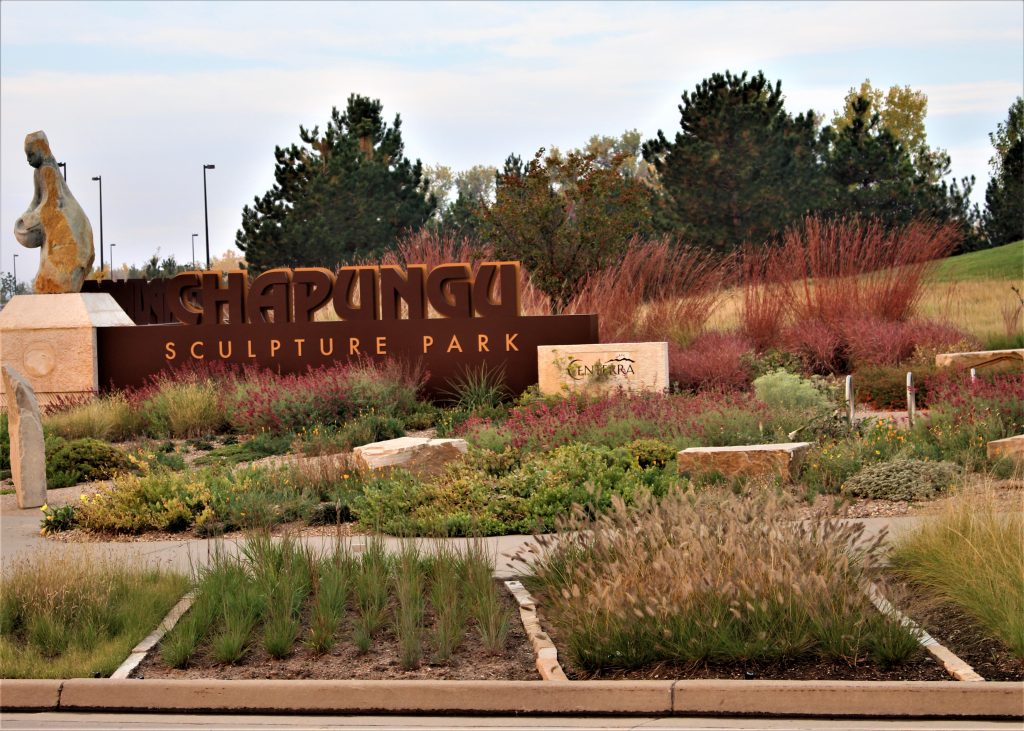
Grass Test Plots At Chapungu sculpture park
We are often asked which native grasses we recommend in place of traditional turf. To better answer that question we decided to do an experiment. We installed 13 grass species by a major intersection at Chapungu Sculpture Park in Loveland, CO. Roadsides in Northern Colorado endure harsh conditions, such as heat from asphalt, road salts, and snow piles. We used several installation methods (seed, sod, plugs, divisions) per species and carefully tracked each variable. The trial aimed to identify the best-suited species for these conditions. The High Plains Environmental Center maintained the plots under typical landscape practices with appropriate irrigation and mowing schedules. Results of our study can be found in the Education Tab.
HPEC invites you to visit our trails and experience the slice of nature we have restored.
Trail Regulations
- Trails open dawn to dusk
- All pedestrians and bicyclists must stay on established trails
- No walking on shoreline
- Dogs must be on a leash at all times
- No swimming or wading, including dogs
- Dispose of pet waste properly
- Dispose of trash in bins or pack out
- No alcohol or drugs
- Obey all posted signage
- Harassment of wildlife is not allowed at any time
- No unauthorized vehicle access
- No Drones
- No ice skating
- No firearms
Fishing Regulations
- All Colorado state fishing regulations apply
- Fish only within designated areas, see map and signage
- Do not rely on information that is not published by HPEC, the landowner
- Dispose of lines, hooks, lures (etc) in provided tubes
- No ice fishing
- No boats
- No bow fishing
- No swimming or wading, including dogs
- Dogs on leash at all times
- Dispose of pet waste properly
- No alcohol or drugs
Boating Regulations
- Boating is allowed on Houts Reservoir (no boating on Equalizer Lake) by reserving an
- HPEC-owned kayak.
- Open seasonally from 8am – 3pm
- No personal watercraft.
- Must be a resident of Lakes at Centerra or Lake Vista Apts.
- Must be 18+ to rent kayak. Minors must be accompanied by parent/guardian. No children under 3.
- Must be able to swim
- No fishing from kayak
- No shore access, dock only
- Must wear lifejacket and carry safety whistle at all times
- No pets
- No swimming or wading
